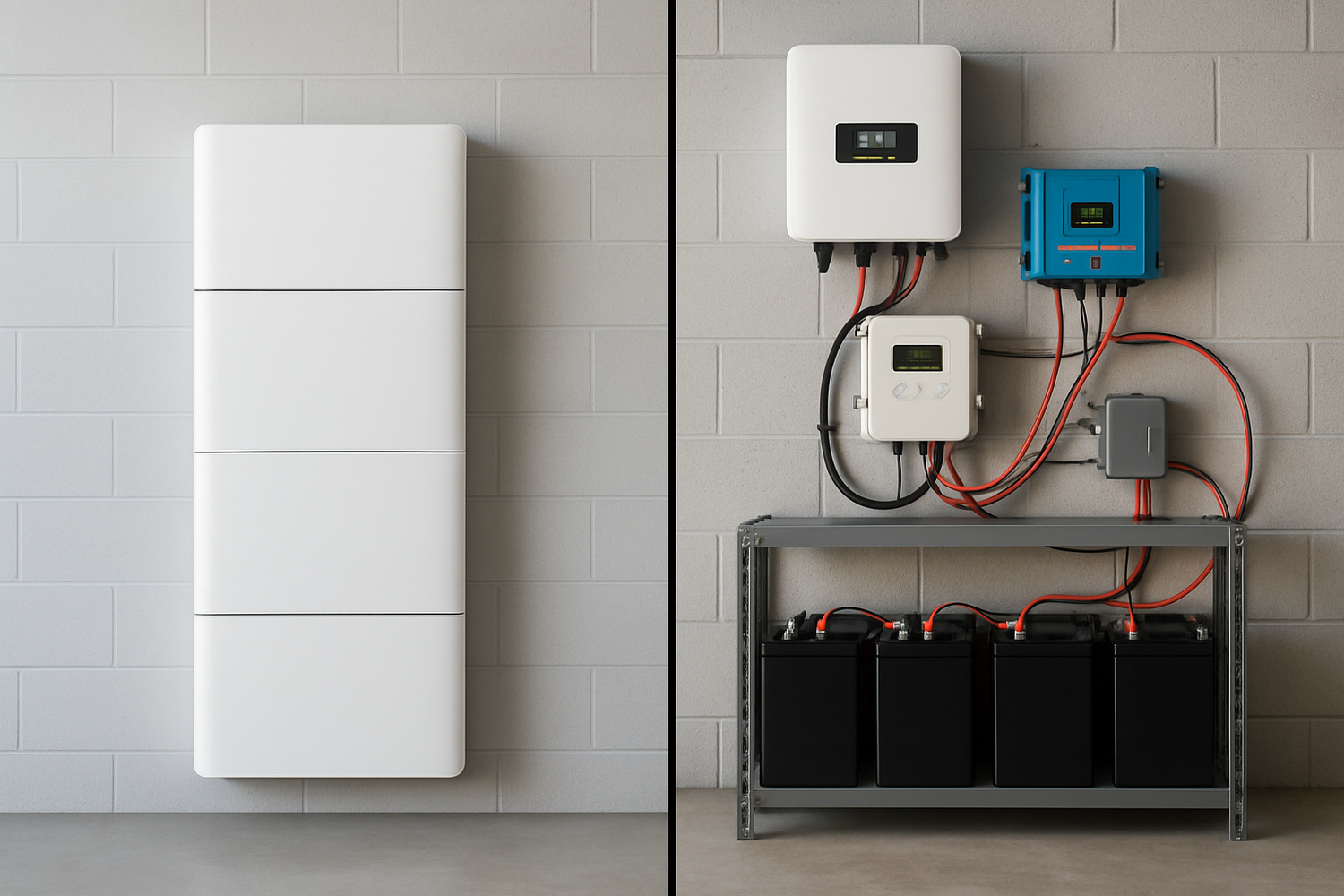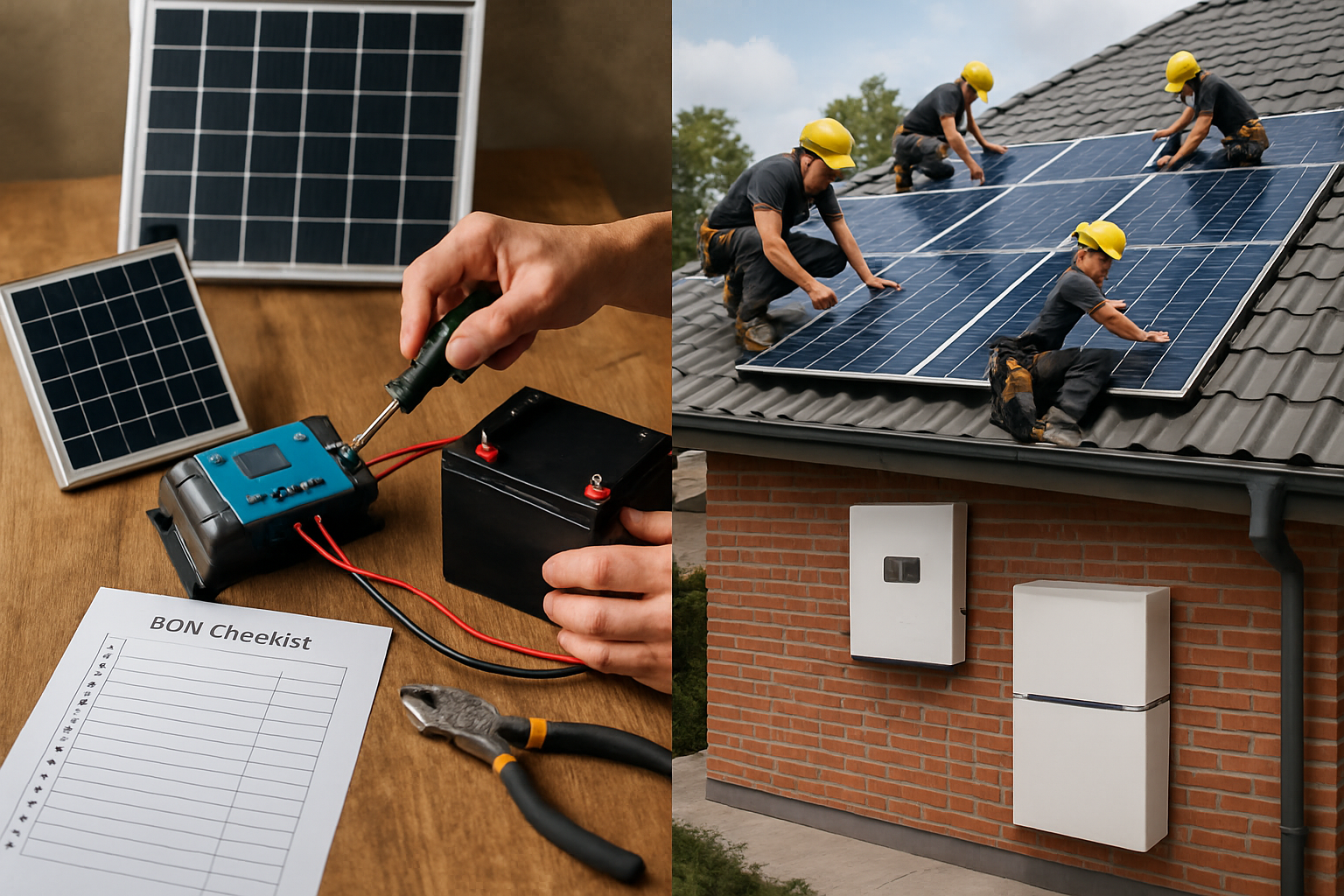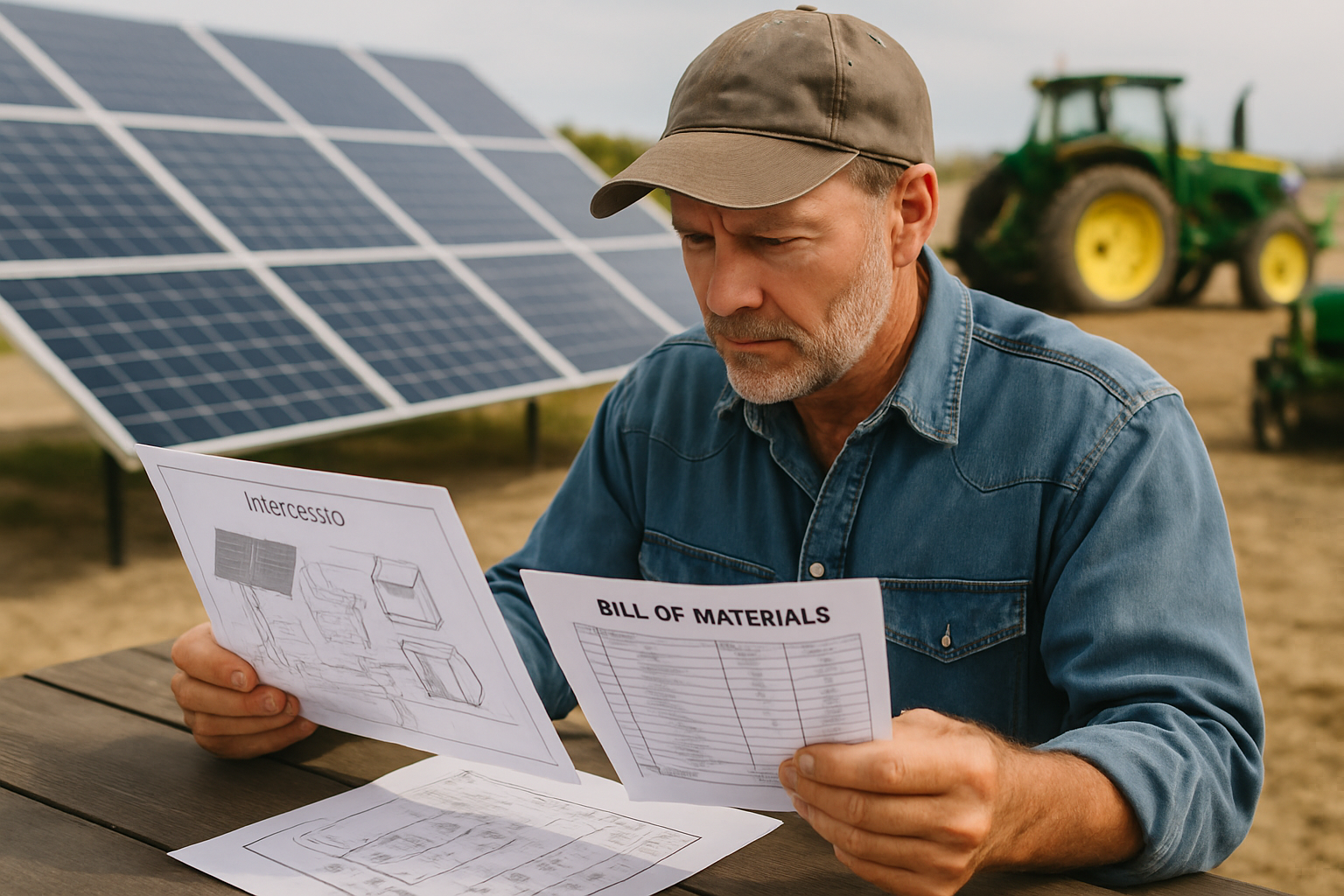Achieving energy independence is a goal for many property owners. Energy storage systems (ESS) play a crucial role in this endeavor, capturing solar energy for use when the sun isn't shining. When considering an ESS, you face a fundamental choice: opt for a pre-engineered, turnkey solution or build a custom system from scratch. Each path offers distinct advantages and challenges, particularly concerning cost, complexity, and long-term performance. This comparison helps you navigate these options, ensuring you make a choice that aligns with your needs and capabilities.

Understanding Pre-Engineered Energy Storage Systems
Pre-engineered energy storage systems, often called turnkey solutions, provide a complete package. These systems are designed, assembled, and tested by manufacturers, offering a streamlined path to energy independence. They typically include lithium iron phosphate (LiFePO4) batteries, hybrid inverters, and sometimes even integrated solar panels, all optimized to work together seamlessly.
Advantages of Turnkey Solutions
Turnkey ESS solutions offer significant convenience. You receive a fully integrated system, reducing the need for extensive technical knowledge or complex component matching. Professional installers handle the entire setup, from design and permitting to installation and commissioning. This approach minimizes installation time and ensures compliance with local electrical codes and safety standards. Furthermore, these systems often come with comprehensive warranties covering the entire unit, providing peace of mind regarding performance and longevity.
Cost Components of Pre-Engineered Systems
The cost of a pre-engineered ESS encompasses several elements. It includes the hardware (batteries, inverter, control systems), the professional installation labor, and soft costs such as permitting, inspections, and system design. While the upfront investment for a turnkey system can appear higher than purchasing individual components, it often represents a predictable total cost. This predictability stems from the integrated nature of the product and the bundled services. For instance, the upfront cost for a 4-hour battery storage system saw projections in 2020, with continued advancements aiming to reduce these figures over time.
The Appeal of DIY Energy Storage Systems
Building an energy storage system from scratch, or a DIY ESS, appeals to those with technical skills and a desire for customization. This approach gives you direct control over component selection and system configuration. It often involves sourcing individual LiFePO4 batteries, a solar inverter, and solar panels separately, then integrating them into a functional system.
Component Sourcing and Assembly
The DIY path requires careful sourcing of components. You might purchase high-performance, safe, and reliable LiFePO4 batteries, a suitable solar inverter to convert DC to AC power, and solar panels. This process allows you to select specific brands and models that fit your budget or performance preferences. Assembly involves wiring, mounting, and configuring each component to function as a cohesive energy storage system. This demands a solid understanding of electrical engineering principles and safety protocols.
Potential Savings and Hidden Costs
The primary motivation for a DIY ESS is often the potential for lower material costs. By cutting out installer margins and purchasing components directly, you might achieve initial savings. However, it is crucial to account for hidden costs. These can include specialized tools, additional wiring, mounting hardware, and unexpected shipping fees. More significantly, your time investment for research, procurement, assembly, and troubleshooting can be substantial. Permitting and inspection processes can also become complex without professional guidance. Furthermore, individual components typically carry separate warranties, and integrating them yourself might complicate warranty claims if a part fails due to system incompatibility or improper installation.
The Payback Showdown: A Cost-Benefit Analysis
Comparing pre-engineered and DIY ESS solutions goes beyond just the initial price tag. It involves evaluating the total cost of ownership, system reliability, and the value of your time and expertise.
Initial Investment vs. Long-Term Value
A DIY system might offer a lower initial component cost. For example, if a pre-engineered 10 kWh system costs $15,000 installed, a DIY equivalent might have component costs totaling $10,000. However, the DIY builder must factor in their labor, potential mistakes requiring rework, and the cost of specialized tools. The Electricity Storage Valuation Framework highlights the importance of assessing the full system value, not just upfront capital expenditure (CAPEX).
Over the long term, pre-engineered systems often present a more predictable operational and maintenance (O&M) cost profile. They are designed for durability and ease of service. While DIY systems can be maintained by the owner, unexpected component failures or performance issues can lead to higher O&M costs if professional help becomes necessary. For instance, the 2020 ATB Advanced projections for 4-hour battery storage also included O&M costs, which are typically lower for professionally integrated systems.
| Cost Category | Pre-Engineered ESS (Estimated) | DIY ESS (Estimated) |
|---|---|---|
| Hardware (Batteries, Inverter, etc.) | $8,000 - $12,000 | $6,000 - $9,000 |
| Installation Labor | $3,000 - $5,000 | $0 (Your Time) |
| Permitting & Design | $500 - $1,500 | $500 - $2,000 (More complex for DIY) |
| Tools & Supplies | Included | $500 - $2,000+ |
| Contingency (Unexpected Issues) | 5-10% of total | 15-30% of total |
| Total Estimated Upfront Cost | $11,500 - $19,250 | $7,000 - $15,600 |
| Warranty Coverage | Comprehensive System Warranty | Individual Component Warranties |
Note: These figures are illustrative and can vary significantly based on system size, component quality, location, and market conditions.
Risk, Reliability, and Warranties
Reliability is paramount for an energy storage system. Pre-engineered systems benefit from factory testing and professional installation, which generally leads to higher reliability and fewer operational issues. The manufacturer stands behind the entire system, simplifying troubleshooting and warranty claims. In contrast, a DIY system’s reliability depends heavily on the builder's expertise and the compatibility of chosen components. If a component fails, diagnosing the issue and navigating multiple manufacturer warranties can be challenging and time-consuming.
Safety is another critical consideration. Improper wiring or component selection in a DIY setup can pose significant risks. Turnkey solutions adhere to strict safety standards and are installed by certified professionals, minimizing these dangers. The Next Generation Wind and Solar Power report emphasizes the importance of robust system integration for renewable energy technologies.
Making Your Informed Decision
The choice between a pre-engineered and a DIY ESS ultimately depends on your specific circumstances. If you value convenience, professional assurance, and a comprehensive warranty, a pre-engineered system offers a compelling solution. It provides a predictable cost model and reduces the technical burden on you.
If you possess strong technical skills, enjoy hands-on projects, and are comfortable managing potential complexities, a DIY approach can offer cost savings and a tailored system. You gain direct control over every aspect of your energy solution. Carefully weigh the initial component savings against the value of your time, the cost of specialized tools, and the potential for unforeseen challenges. Consider your comfort level with electrical work and your ability to troubleshoot issues. Both paths can lead to reliable energy independence, but they require different levels of commitment and expertise.
Frequently Asked Questions
How long does it take for an ESS to pay for itself?
The payback period for an ESS varies widely based on factors like electricity rates, local incentives, system cost, and energy consumption patterns. Generally, systems in areas with high electricity prices or significant solar incentives tend to have shorter payback periods, often ranging from 5 to 10 years. DIY systems might have a quicker payback if component costs are minimized and your labor is not factored in as an expense, but this can be offset by higher maintenance or repair costs later.
Are DIY ESS systems safe?
DIY ESS systems can be safe if designed and installed correctly by individuals with adequate electrical knowledge and adherence to all safety codes and best practices. However, improper installation, incorrect wiring, or using incompatible components significantly increases safety risks, including fire hazards or electrical shock. Pre-engineered systems installed by certified professionals typically offer higher inherent safety due to standardized designs and expert installation.
What types of batteries are best for a DIY ESS?
For DIY energy storage systems, lithium iron phosphate (LiFePO4) batteries are widely favored. They offer a good balance of performance, safety, and longevity. LiFePO4 batteries are known for their high energy density, long cycle life (often thousands of cycles), and thermal stability, making them a reliable choice for residential and off-grid applications. They also require minimal maintenance compared to other battery chemistries.
References
- U.S. Department of Energy. (2021). Solar Futures Study. Figure 6-17. https://www.energy.gov/topics/solar-energy
- International Renewable Energy Agency (IRENA). (2020, March 4). Electricity Storage Valuation Framework. https://www.irena.org/Publications/2020/Mar/Electricity-Storage-Valuation-Framework-2020
- International Energy Agency (IEA). (2016, December 28). Next Generation Wind and Solar Power (Full Report). https://www.iea.org/reports/next-generation-wind-and-solar-power-full-report





Leave a comment
All comments are moderated before being published.
This site is protected by hCaptcha and the hCaptcha Privacy Policy and Terms of Service apply.